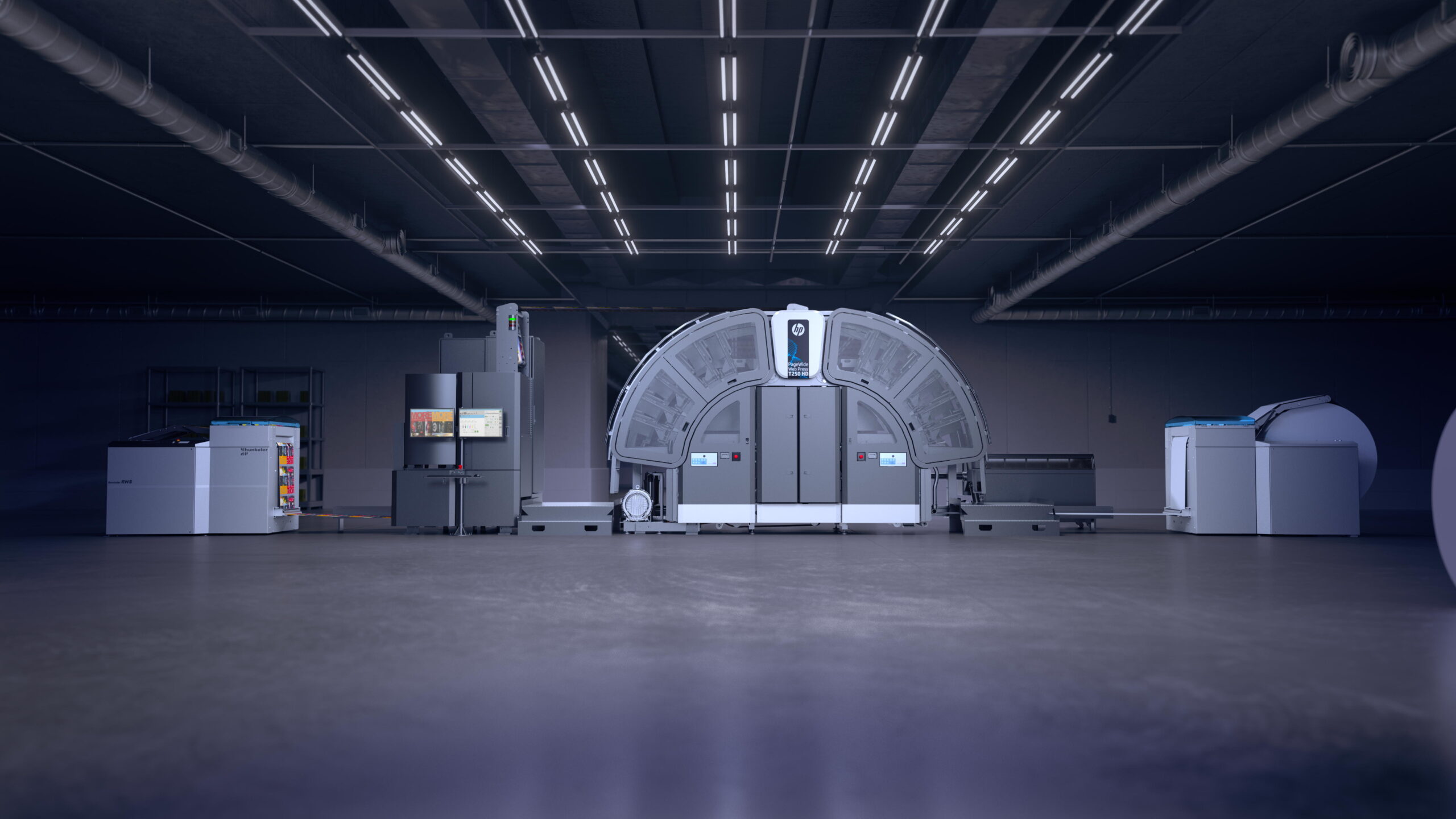
Features
Chronicle
Opinion
The irony of a tsunami
New technologies are taking the lead away from traditional offset print
March 15, 2024 By Nick Howard

In December 26, 2004, a tsunami wreaked havoc in parts of South and Southeast Asia. It not only caused catastrophic costs, but also killed 228,000 people. Just the word, “tsunami,” alone evokes strong emotions, whether one survived or saw the aftermath on TV. What is ironic is that if you were relaxing on a boat far from land when the underwater earthquake began, you’d only notice a slight rise and fall of the sea, but it’s a different story on land—disaster awaits on the shore.
The Oxford Dictionary also defines tsunami as “an arrival or occurrence of something in overwhelming quantities or amounts.” There are hundreds of words that have dual, often opposite intents, just as futuristic technologies often carry equally painful and joyful outcomes.
Future of offset
Recently, a raft of industry news signalled hope for some offset press manufacturers—photos of customers with toothy grins standing before their new investments on social media and trade magazines. Most of the recent installations are B1 (40 in.) and often have unique configurations. Late last year, Heidelberg announced the installment of the world’s largest offset press, a Speedmaster 106 with a whopping 20 units, at a Westrock plant in Poland. It’s as if we took the last 15 years of stagnation, wrapped it up in a beach towel and buried it someplace: Did the printing industry’s struggle against the internet ever happen? This rejuvenation is only an illusion; declining print use is the reality. Print service providers must do everything faster and at less cost to keep afloat.
The recent resurgence of traditional offset press sales is exciting, even with print’s decline. New equipment makes mincemeat of older presses that have become obsolete overnight. But I still wouldn’t bet on the long-term future of offset. Other new digital technologies are making huge, tsunami-like moves to replace the old guard.
Fully digital
A client in New York recently contacted me with big news. This 100-year-old business and longtime offset commercial printer wanted to sell all their offset equipment and go 100 per cent digital. This is no small operation. The pressroom held two 16-page webs and a six-colour 40-in. press. I’d never encountered a situation as significant and evolutionary before, and as I travelled, I assumed the company’s president wasn’t completely serious. I held onto that notion until I walked into the area that used to house their offset webs. It was all true; this company had overnight transitioned from typical old-school printing methods to a shiny new HP T250 HD inkjet roll-fed press. As I stood and watched, the HP, with only two operators (it looked as if one was enough), hummed along at close to 500 ft per minute from paper rolls through to a bespoke ribbon-deck finishing line that folded and then collected complete products ready for (in this case) perfect binding.
The owner likes to say he grew up making “signatures.” Now, no longer. The plant also doesn’t need a battery of traditional folding machines, as pages are printed in order and bound.
As if the HP T250 HD to a perfect bound book—sans signatures—wasn’t enough, the same HP runs roll-to-roll. Then the printed rolls are sent to another line, encompassing a Hunkler sheeter, an MBO eight-page folding section and finally into a Müller-Martini Prinova stitcher. The Prinova collects each folded signature until the book is complete, then sends it along where a cover feeder can fold and feed a cover. One operator for the whole line. There are no skids of signatures awaiting the entire book to be printed. Printing and binding are in real-time with few personnel and drastically lower costs. Run lengths vary from a few thousand to well over 30,000 copies.
The 40-in. sheetfed, mainly used for cover work (also equipped with UV), hasn’t seen a job in months, with all the work transferred to a few recently installed toner cut-sheet digital presses.
With such a long, successful history, this printing firm had to overcome two world wars, a global depression and fierce competition in the transactional and book printing segments. Today, they have accomplished something few thought feasible: a completely digital process from workflow to delivery.
This isn’t the first HP T250 HD or HP T485 HD installations and Hunkler and Müller-Martini aren’t new to collaboration. Twenty years ago at Drupa 2004, these two were running with Koenig & Bauer’s RotaJet. HP has been marketing the web lines for over 10 years. Transitions of this kind continue to spread. Whether it be Ricoh’s ProZ75, Canon’s ColorStream or Xeikon’s SX30000, choose a partner, as there are many. What has changed is the frequency of these new technologies taking the lead away from old-school offset. The tsunami is already here. Discover it soon.
Nick Howard, partner in Howard Graphic Equipment and Howard Iron Works, is a printing historian, consultant and Certified Appraiser of capital equipment. He can be reached at nick@howardgraphicequipment.com.
This column originally appeared in the January/February 2024 issue of PrintAction.
Print this page